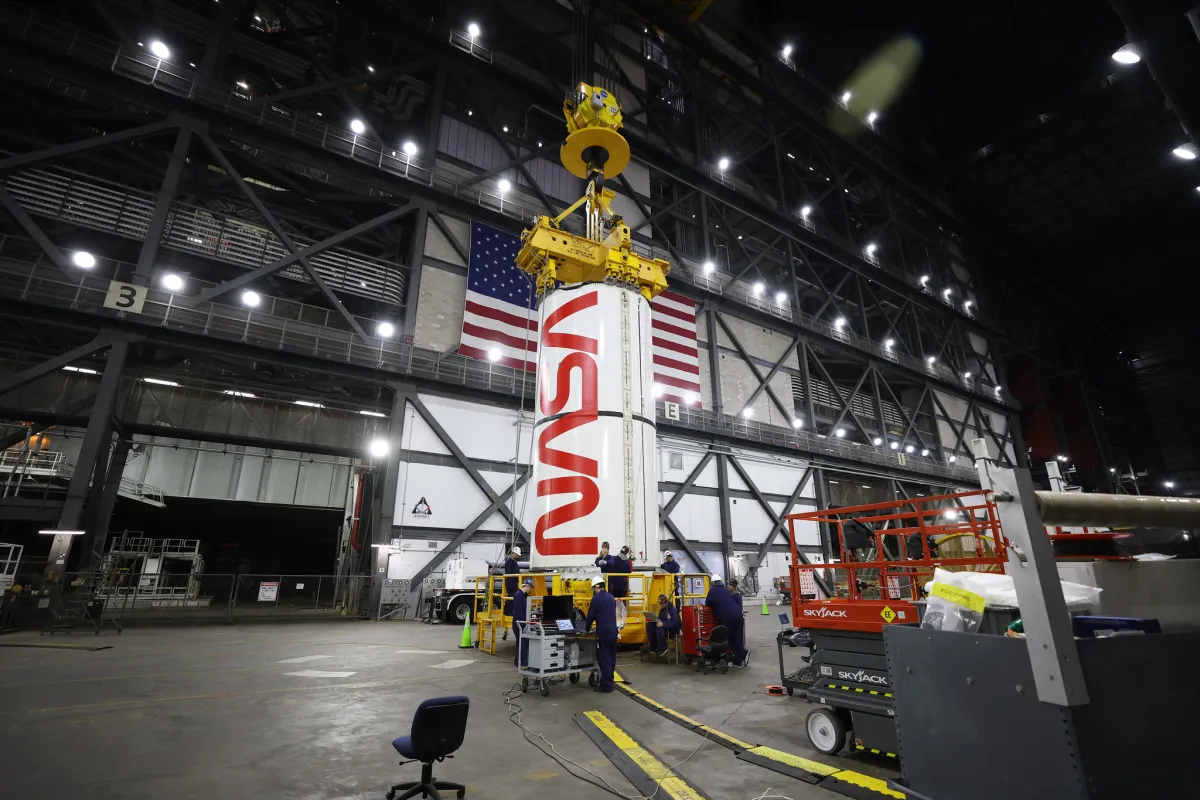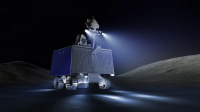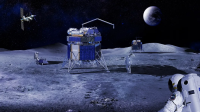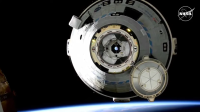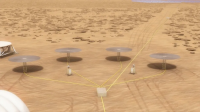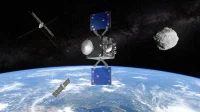Companies involved in NASA's Artemis lunar exploration campaign are urging the new administration to maintain the current mission architecture, citing it as the fastest path to returning humans to the Moon.
The Trump administration, which took office on January 20, has yet to publicly alter the Artemis program. However, figures like SpaceX CEO Elon Musk have criticized the current approach, suggesting it is more focused on job creation than achieving mission results. In December, Musk argued that “something entirely new is needed,” questioning the efficacy of the existing framework.
Despite such criticism, industry leaders involved in the Artemis program remain steadfast in their support for the current plan. During a panel discussion on the Artemis 2 mission at the SpaceCom conference on January 29, Kirk Shireman, Orion program manager at Lockheed Martin, emphasized the importance of consistency in the face of shifting political priorities. “The best thing we can do is keep your head down and work as hard as you can,” Shireman said, acknowledging the uncertainty that comes with changes in administration.
He further defended NASA's ongoing approach, which includes using the Orion spacecraft, the Space Launch System (SLS) rocket, and lunar Gateway and landers being developed by Blue Origin and SpaceX. “The fastest way to get humans back on the moon is to stay the course,” he stated. “Things take a long time to build and certify, and if you throw them away every four years and start over, that's probably the slowest and most expensive thing we could do.”
Shireman's comments were supported by other panelists, including representatives from NASA, Boeing, and ground systems contractor Amentum, although they did not elaborate further.
The panel also provided an update on the progress of the Artemis 2 mission, which will be the first crewed flight of the SLS rocket and Orion spacecraft. Originally set for late 2024, the mission has been delayed by more than a year, with NASA announcing in December that it will now launch no earlier than April 2026. The delay was attributed to issues with the heat shield on the uncrewed Artemis 1 mission flown in 2022.
NASA's Artemis 2 mission manager, Matt Ramsay, reaffirmed that April 2026 would be the latest possible launch date. “The agency has challenged us to do better, and we're in the process of figuring out what better looks like,” Ramsay said. The focus now is on finalizing the assembly of the SLS rocket, with the stacking of the vehicle's twin solid rocket boosters expected to be completed within the next few weeks.
Once the rocket is fully assembled, it will be moved to Launch Complex 39B for a tanking test, which will take place no earlier than the fall. Routine issues continue to arise on the program, Ramsay noted, describing the process as “whac-a-mole,” where problems are identified and addressed on a daily basis.
As NASA and its contractors move forward with the Artemis 2 mission, the program's trajectory remains a topic of discussion within the space community, with calls for continuity amid the changing political landscape.

